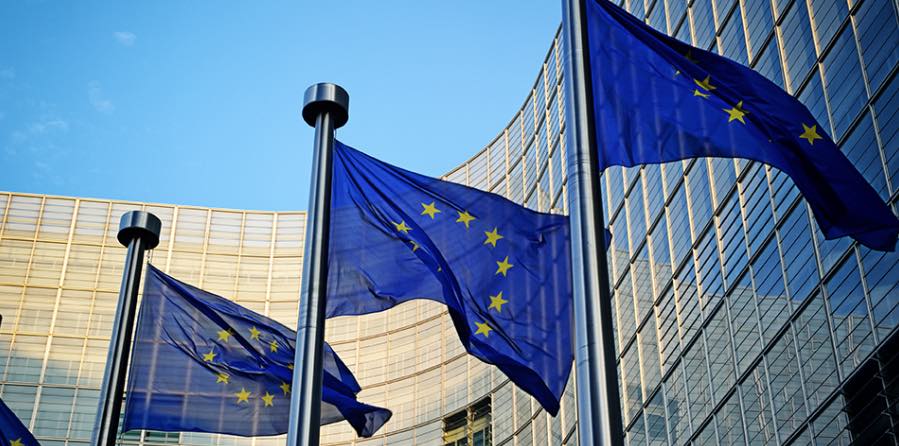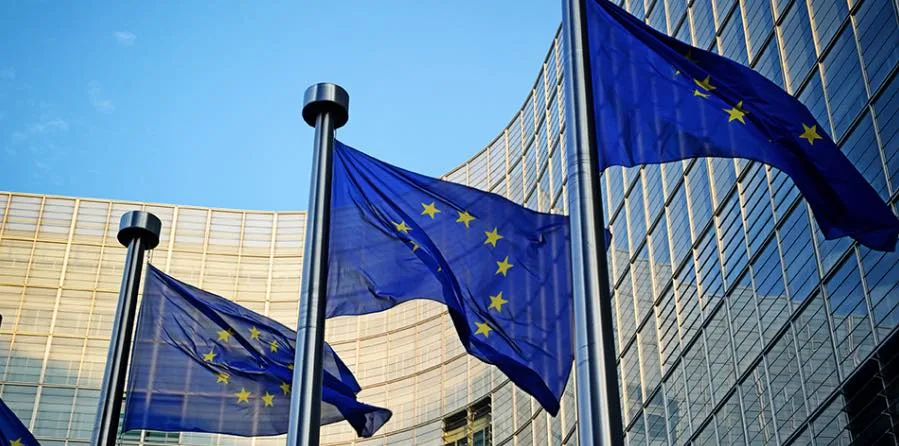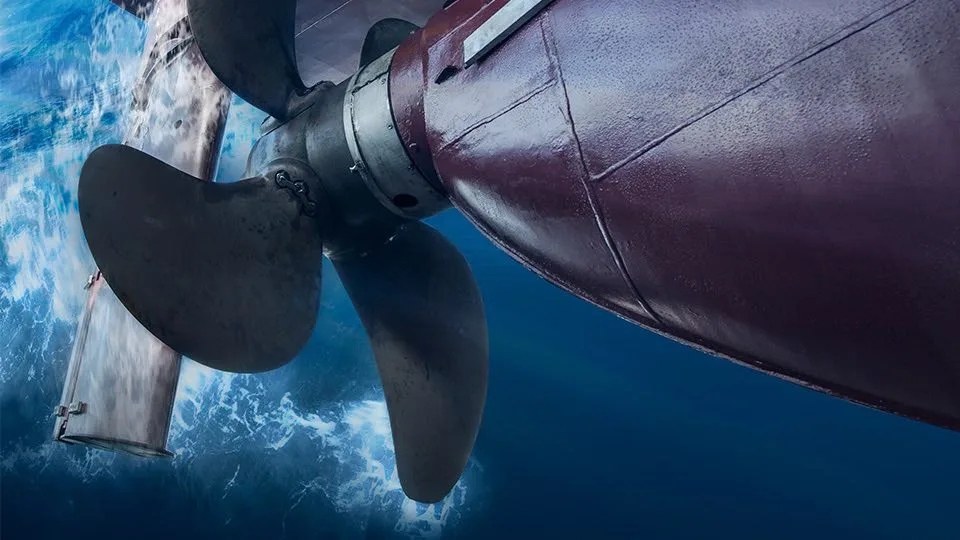28 November 2024
Shipping EU ETS new provisional agreement from 2024

The European Union Council and Parliament have reached a provisional deal to include shipping in the EU emissions trading system (EU-ETS).
Table of Contents
Concept
The Parliament and then the Council must now adopt the pieces of legislation prior to them entering into force. This agreement will see amendments made to Directive 2003/87/EC (the Directive which established a system for greenhouse gas emission allowance trading within the EU, Decision (EU) 2015/1814 (relating to market stability reserve) and Regulation (EU) 2015/757 (the EU Regulation on the monitoring, reporting and verification of carbon dioxide emissions from maritime transport (the “EU-MRV”)).
The key points related to maritime transport are as follows.
Greenhouse Gases
The greenhouse gases covered by the EU-MRV are:
- From 2023, carbon dioxide (CO2);
- From 2024, carbon dioxide (CO2), methane (CH4) and nitrous oxide (N2O);
The greenhouse gases covered by the EU-ETS are:
- From 2024, carbon dioxide (CO2);
- From 2026, carbon dioxide (CO2), methane (CH4) and nitrous oxide (N2O);

Shipping in the EU’s Emission Trading System (ETS) from 2024
The EU’s legislative bodies have reached an agreement on including shipping in its Emission Trading System (EU ETS). Requirements, scope, phase in, exemptions and derogations, how to comply, penalties and many more.
Ship Nerd
Applicable vessels
Upon entry into force, the EU-ETS will apply to ships of 5,000 gross tonnage and above. From 1 January 2025, the EU-MRV will also apply to:
- General cargo ships of 400 gross tonnage and above;
- Offshore vessels of 400 gross tonnage and above;
Whether these vessels will be included in the EU-ETS down the line will be reviewed by the EU Commission in 2026.
Maritime Transport
The allocation of allowances and the application of surrender requirements will apply to voyages as follows:
- 50% of the emissions from ships performing voyages departing from an EU port and arriving at a non-EU port;
- 50% of the emissions from ships performing voyages arriving at an EU port from a non-EU port;
- 100% emissions from ships performing voyages between EU ports;
- 100% of emissions from ships at berth in an EU port;
If by 2028, the IMO does not adopt a global market-based measure to reduce greenhouse gas emissions from maritime transport in line with the objectives of the Paris Agreement and at least to a level comparable to the EU-ETS, the EU will consider increasing the 50% requirement for extra-EU voyages.
Phase-in of Requirements
Shipping companies shall be liable to surrender allowances according to the following schedule:
- 40% of verified emissions reported for 2024
- 70% of verified emissions reported for 2025
- 100% of verified emissions reported for 2026 and each year thereafter
Surrender of allowances
By 30 September each year, the shipping company must surrender the required number of allowances in respect of its emissions for the preceding calendar year.
What is a shipping company?
Is the shipowner or any other organisation or person, such as the manager or the bareboat charterer, that has assumed the responsibility for the operation of the ship from the shipowner and that, on assuming such responsibility, has agreed to take over all the duties and responsibilities imposed by the ISM Code.
Transferring the costs to another entity
The shipping company remains the responsible entity for surrendering allowances and for overall compliance.
However, EU Member States shall take the necessary measures to ensure that when the ultimate responsibility for the purchase of the fuel and/or the operation of the ship is assumed by a different entity than the shipping company pursuant to a contractual arrangement (e.g., charterer), the shipping company is entitled to reimbursement from that entity for the costs arising from the surrender of allowances.
‘Operation of the ship’ means determining the cargo carried and/or the route and the speed of the ship.
How this will be enforced by EU Member States remains to be seen and, therefore, it would be preferable for express provision to be included in a charter party clearly allocating liability for the cost (and provision) of allowances.

BSM faces the new EU ETS impact on shipping
Bernhard Schulte Shipmanagement (BSM) is developing an IT platform that will cover the entire compliance process with the EU ETS (Emissions Trading System) set to be introduced in 2024.
Ship Nerd
Definition of a ‘port of call’
The port where a ship stops to:
- load or unload cargo or to embark or disembark passengers, or
- the port where an offshore ship stops to relieve the crew,
Excluded from being considered a port of call are:
- Stops for the sole purposes of refuelling, obtaining supplies, relieving the crew of a ship other than an offshore ship, going into dry-dock or making repairs to the ship and/or its equipment.
- Stops in port because the ship needs assistance or in distress.
- Ship-to-ship transfers carried out outside ports
- Stops for the sole purpose of taking shelter from adverse weather or rendered necessary by search and rescue activities,
- Stops of containerships in a listed neighbouring container transhipment port. (See: Transhipment Ports)
Definition of ‘voyage’
A voyage means any movement of a ship that originates from or terminates in a port of call.
Transhipment ports
Before the end of 2023, the EU Commission will provide a list of the neighbouring (i.e., outside of the EU but less than 300 nautical miles of an EU port) container transhipment ports.
Shipping companies, in addition to surrendering allowances in respect of emissions from such transhipment ports into the EU, will also have to surrender 50% of their emissions for the voyage to the listed transhipment ports.
The list is to be updated every two years and will not include ports located in a third country that effectively apply measures equivalent to the EU-ETS.
Administering authorities
The administering authority in respect of a shipping company will be one of the following:
- for a shipping company registered in an EU Member State – the administering authority will be the Member State in which the shipping company is registered;
- for a shipping company that is not registered in an EU Member State – the administering authority will be the Member State with the greatest estimated number of port calls from voyages performed by that shipping company in the last four monitoring years
- for a shipping company that is not registered in a Member State and that did not carry out any voyage falling within the scope in the preceding four monitoring years, the administering authority will be the EU Member State where a ship of the shipping company has arrived or started its first voyage.
Ice-class vessels
Shipping companies may surrender 5% fewer allowances than their verified emissions from ships with ice-class IA or IA Super or an equivalent ice class until 31 December 2030.
Exceptions
Up until 31 December 2030, EU Member States can request an exemption in relation to:
- Voyages performed by passenger ships (other than cruise passenger ships) and by Ro-Pax ships, between a port of an island with no road or rail link with the mainland and a port under the jurisdiction of that same Member State and from the activities within a port from those ships in relation to those voyages. The island shall have a permanent population of less than 200,000 permanent residents according to the latest best data available in 2022. The Commission shall publish a list of islands and the concerned ports and keep that list up to date.
- Voyages by passenger or ro-pax ships performed in the framework of a transnational public service contract or a transnational public service obligation connecting the two requesting Member States and from the activities within a port from those ships in relation to those voyages.
Up until 31 December 2030, there is no obligation to surrender allowances:
- for voyages between a port located in an outermost region of an EU Member State and a port located in the same Member State, including ports within and between the outermost regions of the same Member State, and from the activities within a port from those ships in relation to those voyages.
Where emissions of greenhouse gases are considered to have been captured and utilised to become permanently chemically bound in a product so that they do not enter the atmosphere under normal use, including any normal activity taking place after the end of life of the product (carbon capture).
Punishment under the EU-ETS
Name & Shame
Member States shall ensure the publication of the names of shipping companies who are in breach of requirements to surrender sufficient allowances.
Financial penalty
Member States shall ensure that any shipping company that does not surrender sufficient allowances by 30 September each year shall be held liable for an excess emissions penalty. The excess emissions penalty shall be EUR 100/tonne of CO2 equivalent emitted for which the shipping company has not surrendered allowances. Payment of the excess emissions penalty shall not release the shipping company from the obligation to surrender a number of allowances equal to those excess emissions when surrendering allowances in relation to the following calendar year.
Expulsion
If a vessel fails to comply with the surrender requirements for two or more consecutive reporting periods, the competent authority of the Member State of the port of entry may, after giving the opportunity to the company concerned to submit its observations, issue an expulsion order which shall be notified to the Commission, the European Maritime Safety Agency (EMSA), the other Member States and the flag State concerned.
As a result of the issuing of such an expulsion order, every Member State, except for the Member State whose flag the ship is flying, shall refuse entry of the ships concerned into any of its ports until the company fulfils its surrender obligations. Where the ship flies the flag of a Member State and enters or is found in one of its ports, the Member State concerned shall, after giving the opportunity to the company concerned to submit its observations, detain the ship until the company fulfils its obligations.
The Member State concerned may, after giving the opportunity to the company concerned to submit its observations, issue a flag detention order until the shipping company fulfils its obligations. It shall inform the Commission, the EMSA and the other Member States thereof. As a result of the issuing of such a flag detention order, every Member State shall take the same measures as following an expulsion order.
Source: NorthStandard
See Also

Underwater radiated noise from ships – new IMO guidelines 2023
IMO has decided to raise awareness of underwater radiated noise from ships by issuing updated non-mandatory guidelines.


